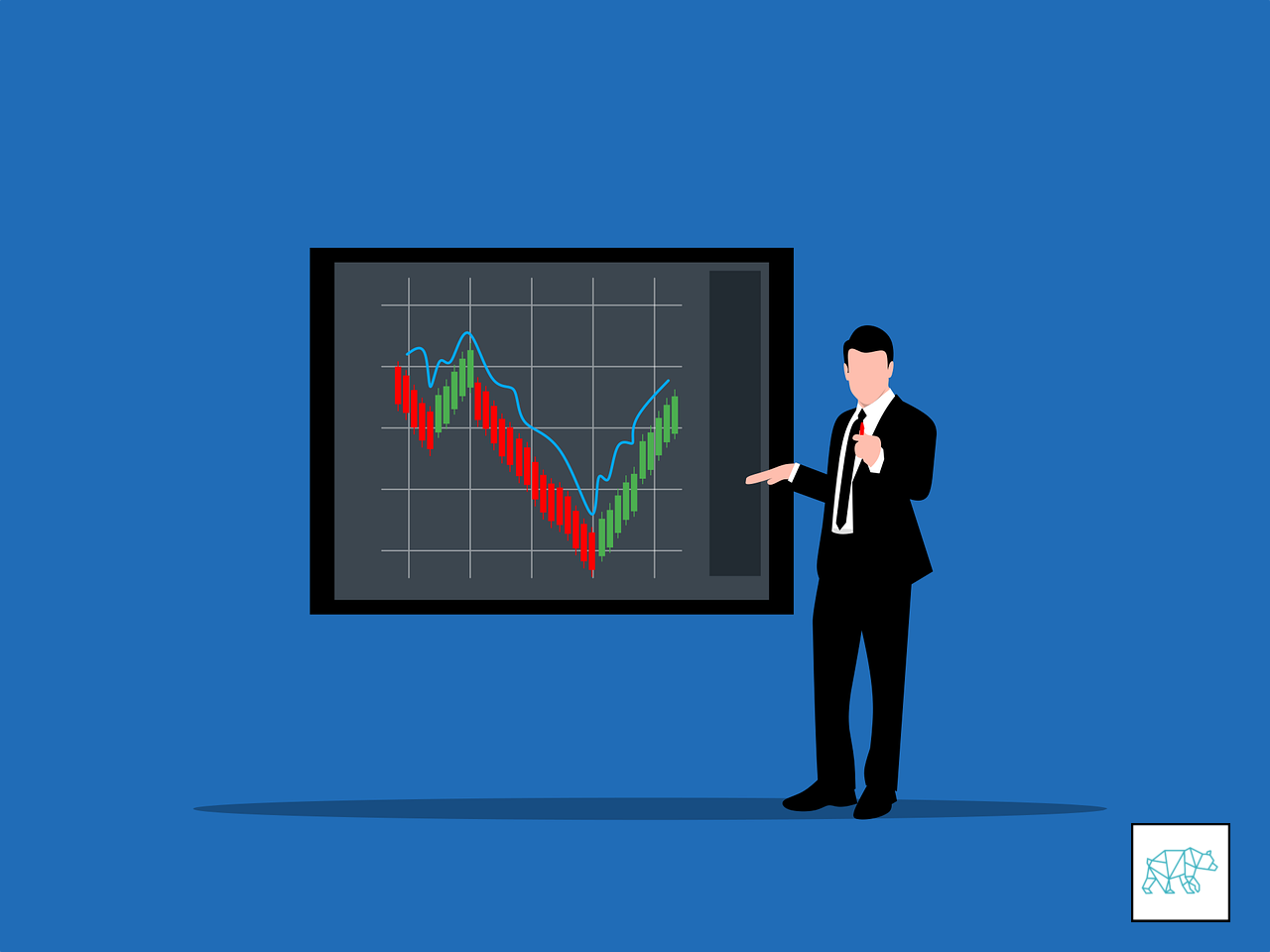
02 Aug Mastering the Art of Day Trading Strategies: Unveiling the Hidden Gems of VWAP
## Introduction to Forex Trading Strategies
Forex trading is a dynamic and exciting world, where traders aim to profit from the fluctuations in currency exchange rates. To navigate this complex market successfully, having a solid trading strategy is crucial. A trading strategy is a set of rules and guidelines that help traders make informed decisions and maximize their profits. In this article, we will explore the different types of forex trading strategies and uncover the hidden gems of Volume Weighted Average Price (VWAP) as a powerful tool for successful trading.
Understanding the Importance of a Solid Forex Trading System
A forex trading system is the foundation of any successful trader’s journey. It provides a structured approach to trading, ensuring that emotions and impulsive decisions are kept at bay. A well-defined system helps traders identify profitable opportunities, manage risks, and execute trades with confidence. Without a solid trading system, traders are left to rely on luck and chance, which is a recipe for disaster in the forex market.
Types of Forex Trading Strategies
There are several types of forex trading strategies, each designed to suit different trading styles and objectives. Let’s explore some of the most popular ones:
- Trend Following Strategy: This strategy involves identifying and riding the trend in the market. Traders aim to capitalize on the momentum of the market by entering positions in the direction of the prevailing trend.
- Range Trading Strategy: Range traders seek to profit from price fluctuations within a defined range. They identify levels of support and resistance and enter trades when the price bounces off these levels.
- Breakout Strategy: Breakout traders aim to catch significant price movements that occur when the price breaks out of a range or a consolidation phase. They enter positions when the price breaks above resistance or below support levels.
- News Trading Strategy: News traders focus on trading major economic news releases. They anticipate the impact of the news on currency pairs and enter positions accordingly. This strategy requires quick thinking and the ability to interpret economic data effectively.
Exploring the Best Forex System for Profitable Trading
With numerous forex trading systems available, it can be overwhelming to choose the best one. However, the key to finding a profitable forex system lies in understanding your trading style, risk tolerance, and goals. Some popular forex systems include:
- Technical Analysis System: This system relies on analyzing price charts, patterns, and indicators to identify potential trading opportunities. Traders who prefer a systematic and data-driven approach often find success with this system.
- Fundamental Analysis System: Fundamental analysis involves analyzing economic, political, and social factors that influence currency movements. Traders using this system focus on news events, economic indicators, and central bank policies to make informed trading decisions.
- Automated Trading System: Automated trading systems, also known as algorithmic trading, use computer programs to execute trades based on pre-defined rules. These systems can analyze large amounts of data and execute trades with speed and precision.
It’s essential to experiment with different trading systems and find the one that aligns with your trading style and objectives. Remember that no system guarantees profits, and continuous learning and adaptation are key to success in forex trading.
Introduction to Volume Weighted Average Price (VWAP)
Now that we have a good understanding of forex trading strategies, let’s delve into the hidden gem of VWAP. VWAP is a technical analysis tool that provides valuable insights into market trends and price movements. It is calculated by taking the average price of a currency pair throughout a trading day, weighted by the trading volume during each period.
Decoding the Meaning of VWAP in Trading
VWAP is more than just a technical indicator; it represents the average price paid by all participants in the market. Therefore, it holds significant meaning in trading. Here are a few key insights into the meaning of VWAP:
- Fair Value: VWAP can be considered as the fair value of a currency pair. When the price is above VWAP, it suggests that the buyers have paid more on average, indicating a bullish sentiment. Conversely, when the price is below VWAP, it suggests that the sellers have paid less on average, indicating a bearish sentiment.
- Market Sentiment: VWAP provides insights into market sentiment by comparing the current price to the average price paid by all participants. Traders can gauge whether the market is bullish or bearish based on the position of the price relative to VWAP.
- Institutional Influence: VWAP is widely used by institutional traders to execute large orders without significantly impacting the market. Therefore, when the price approaches VWAP, it may attract the attention of institutional traders, leading to increased buying or selling pressure.
Building a VWAP-Based Trading System
To fully harness the power of VWAP, traders can build a comprehensive trading system around it. Here are the key components of a VWAP-based trading system:
- Entry and Exit Rules: Define clear rules for entering and exiting trades based on VWAP signals. These rules can be based on VWAP crossovers, price rejections at VWAP, or other specific criteria.
- Risk Management: Implement proper risk management techniques, such as setting stop-loss orders and defining the maximum acceptable loss per trade. VWAP-based trading systems should include risk management to protect capital and minimize losses.
- Backtesting and Optimization: Backtest the trading system using historical data to assess its performance and identify areas for improvement. Optimize the system by adjusting the VWAP settings and other parameters to maximize profitability.
How to Use VWAP in Your Trading Strategy
VWAP can be used in various ways to enhance your trading strategy. Here are a few techniques:
- VWAP as a Support/Resistance Level: VWAP acts as a dynamic support or resistance level. When the price is above VWAP, it indicates a bullish sentiment, and traders can look for buying opportunities. Conversely, when the price is below VWAP, it suggests a bearish sentiment, and traders can consider short-selling.
- VWAP as a Trend Indicator: By comparing the current price to VWAP, traders can determine the overall trend of the market. If the price consistently stays above VWAP, it suggests a bullish trend, and vice versa. This information helps traders make informed decisions about entering or exiting positions.
- VWAP as a Confirmation Tool: Traders can use VWAP to confirm the validity of their trading signals. For example, if a breakout occurs above a resistance level, traders can look for confirmation from VWAP to validate the strength of the breakout.
VWAP Bounce Strategy and Its Effectiveness
The VWAP bounce strategy is a popular trading technique that takes advantage of price retracements to VWAP. The strategy involves buying when the price bounces off VWAP during an uptrend or selling when the price bounces off VWAP during a downtrend. Traders using this strategy aim to capture the continuation of the trend and profit from the subsequent price movement.
The effectiveness of the VWAP bounce strategy relies on the trader’s ability to accurately identify trend reversals and time their entries and exits. It requires patience and discipline to wait for the price to retrace to VWAP before entering a trade. Additionally, the strategy works best in trending markets where the price exhibits clear and sustained movements.
Optimizing VWAP Settings for Day Trading
While VWAP is a powerful tool for day trading, optimizing its settings can further enhance its effectiveness. Here are a few tips for optimizing VWAP settings:
- Adjusting the Timeframe: VWAP can be calculated on various timeframes, such as intraday, daily, or weekly. Traders should choose the timeframe that aligns with their trading style and objectives. Intraday traders may prefer shorter timeframes, while long-term traders may opt for daily or weekly VWAP.
- Customizing Periods: Traders can experiment with different periods to fine-tune the sensitivity of VWAP. Shorter periods provide more timely signals but may be prone to noise, while longer periods smooth out the price data but may lag behind significant price movements.
- Combining VWAP with Other Indicators: VWAP can be used in conjunction with other technical indicators to confirm trading signals. For example, combining VWAP with moving averages or oscillators can provide a more comprehensive view of the market and increase the probability of successful trades.
Tips for Successful Trading with VWAP
Here are some tips to help you succeed in trading with VWAP:
- Combine VWAP with Other Tools: VWAP works best when used in conjunction with other technical analysis tools and indicators. This provides a more comprehensive view of the market and increases the probability of accurate trading signals.
- Practice Patience and Discipline: VWAP-based trading requires patience and discipline. Wait for the right setups and confirmations before entering trades. Avoid impulsive decisions based on short-term fluctuations.
- Continuous Learning and Adaptation: The forex market is ever-evolving, and so should your trading strategies. Stay updated with market trends, learn from your mistakes, and adapt your trading system accordingly.
Conclusion
Mastering the art of forex trading strategies is a continuous journey that requires dedication, practice, and a deep understanding of the market. While there are various types of forex trading strategies to choose from, incorporating the hidden gems of VWAP into your trading system can significantly enhance your chances of success. By using VWAP as a tool to identify trends, confirm trading signals, and optimize your trading settings, you can unlock the full potential of this powerful indicator. Remember, successful trading is a result of continuous learning, adaptation, and disciplined execution. Follow my blog to understand the thought-process (with concrete examples) that goes into exploiting this trading strategy.
Follow my blog to learn more about what strategy I use. Feel free to reach out and ask questions. I understand at first glance my trading strategy seems complex. But as with all good things, with time, you’ll understand how to “measure” and thus “read” the markets.





No Comments